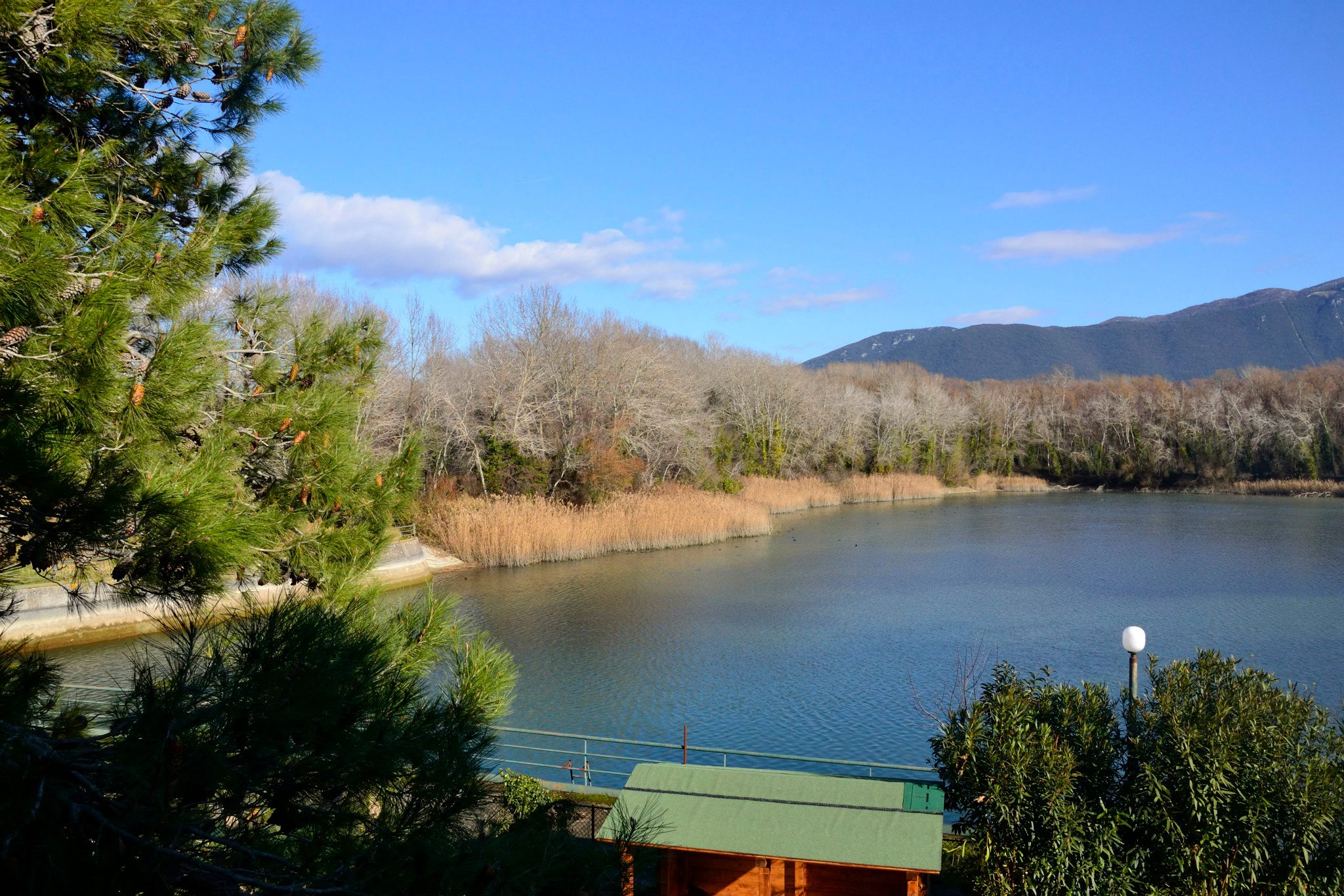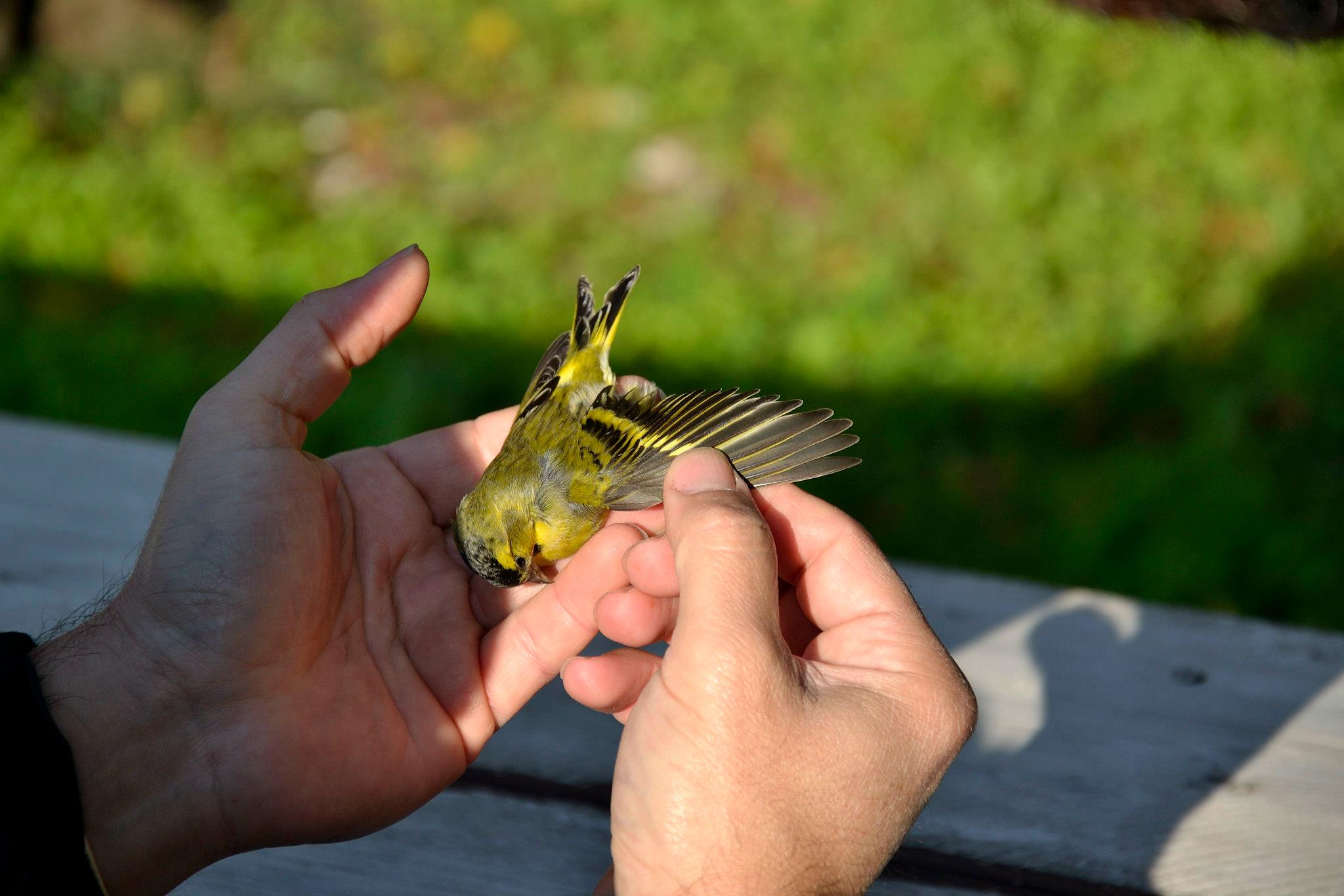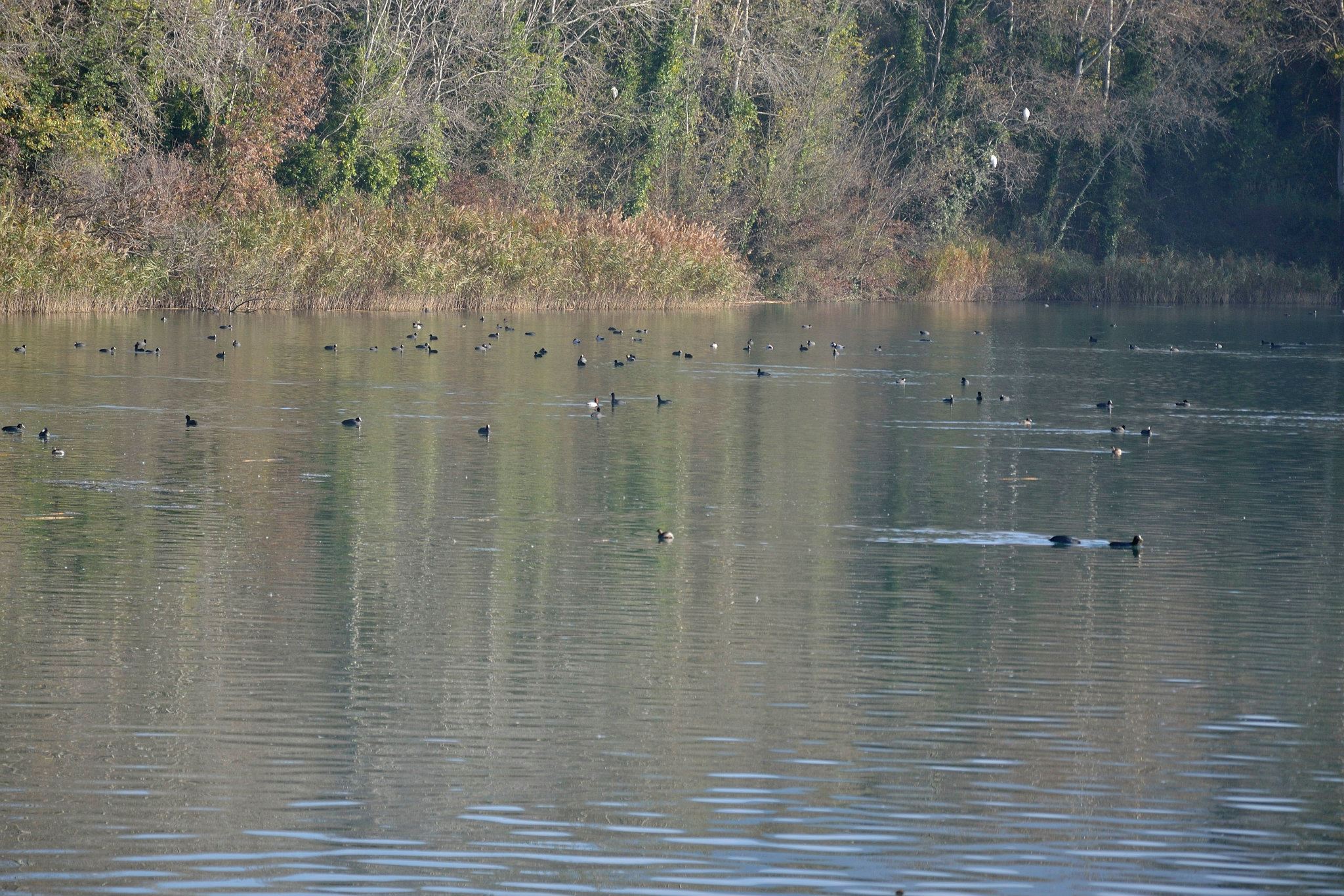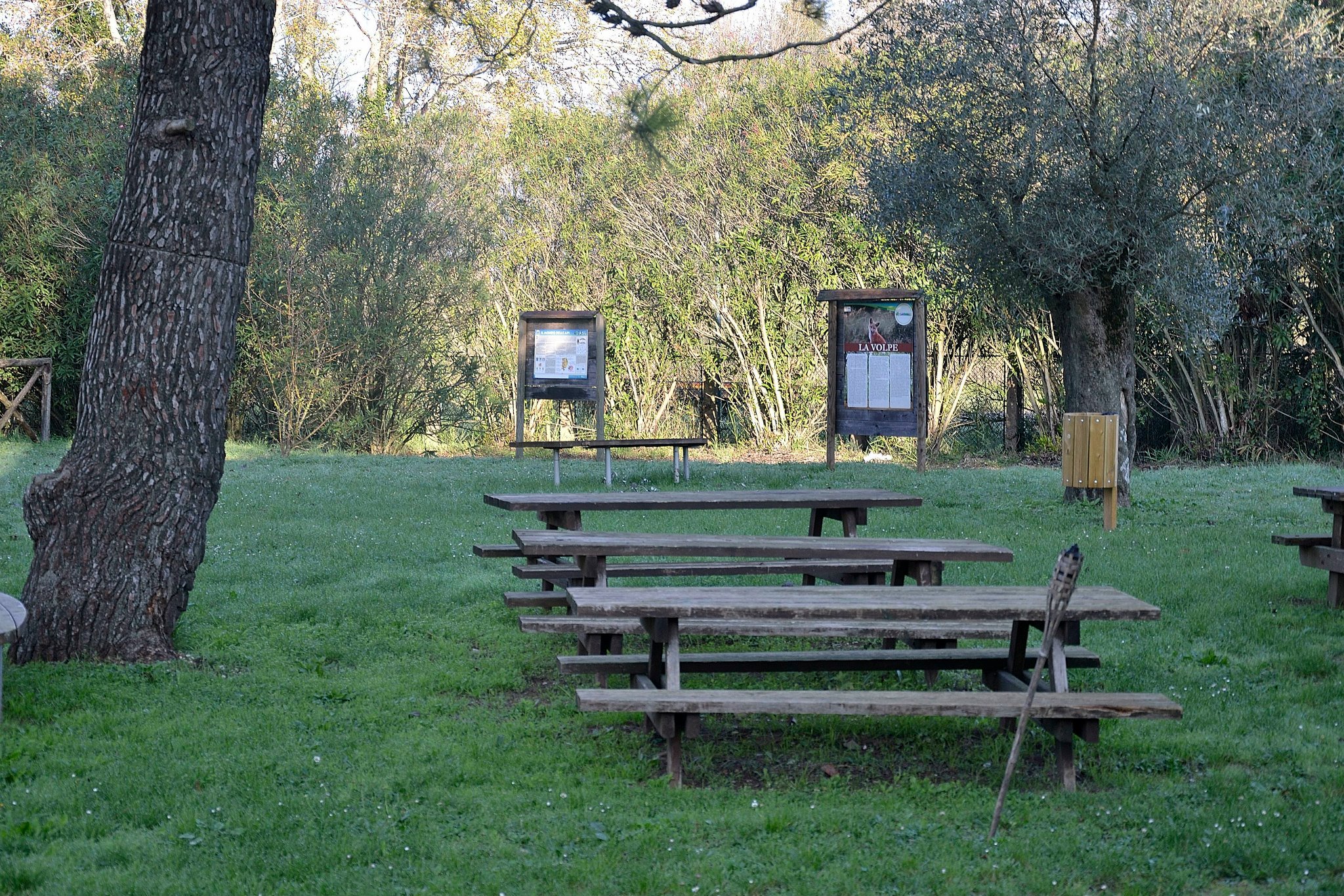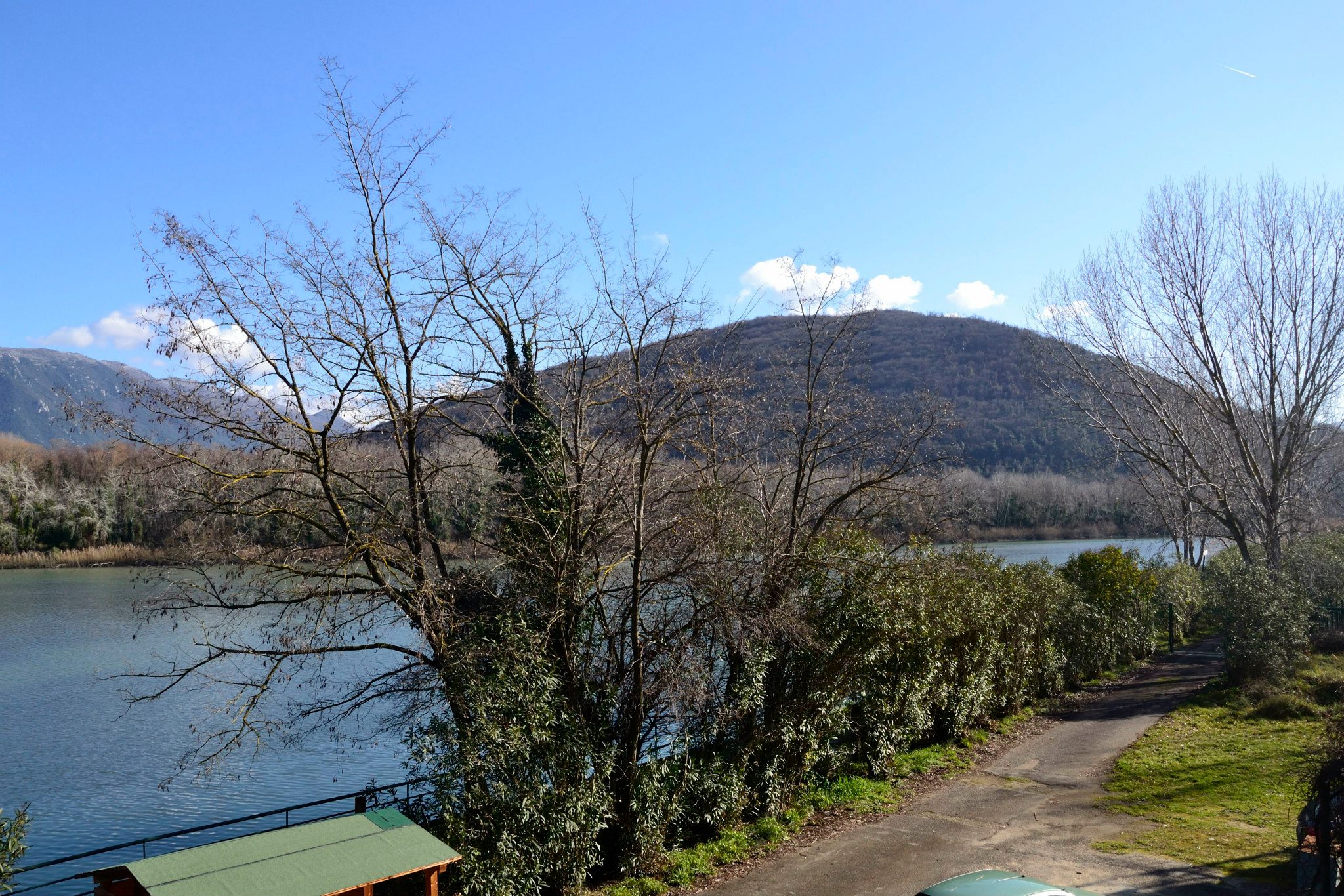
Le Mortine Oasis
This post is also available in:
 Italiano (Italian)
Italiano (Italian)
This oasis is on the border between Campania and Molise, in the municipalities of Capriati al Volturno (CE) and Venafro (IS), on the stretch of land created by an oxbow lake oxide, following the construction of a hydroelectric dam. It covers more than 124.000 acres, including the 80 acres owned by Enel (an Italian multinational energy company) adjacent to the hydroelectric power plant of Presa Volturno. The oasis was created in the 1950s, and the 37 acres of a state-owned river island and a small artificial lake were entrusted to the Italian WWF in 1999.
When the WWF and ENEL failed to renew the management agreement of this natural area, in 2008 the Italian energy company entrusted the oasis to “Pianeta Terra” non-profit Association, led by Mario Caniglia.
All the aquatic environments in the oasis are surrounded by one of the best-preserved hygrophilic woods (willows, poplars, alders) in Italy, originally covering 2.471 acres (then unfortunately affected by reckless deforestation). The Volturno River penetrates the oasis, diving it into impenetrable islands with unique features; the slow-flowing water near the dam has boosted the development of a reed bed that also covers the banks of the adjacent basin.
THE FLORA
The vegetation that once embraced the entire course of the river, is still well preserved here: there’s the typical riparian population made of hydrophytic and helophytic specimens, shore vegetation, shrubs and, above all, hygrophilic woods.
Phragmites australis and bulrush are abundant on the steep banks of the Enel regulation reservoir and grow in small strips in the adjacent basin in front of the dam.
Semi-submerged flora can be found in the ditches and the canals across the woods and in the ephemeral pools of water, along with rush, esparto, nasturtium and veronica.
The willows sink their roots into the shore, creating islands of vegetation that counteract erosion; Salix triandra, red and white willows dominate the flooded forest along with white poplars and black alders.
In the drier outer margins, there are flowering ashes, elms, field maples and some specimens of English oaks – a remnant of the ancient lowland forests that extended over the Venafro plain.
THE FAUNA
The lake basin and the wood are the ideal habitats for a variegated aquatic fauna, especially in the winter thanks to their geographical position in the middle of the main migratory routes: in the spring, there are mallards, common moorhen, coots, great crested grebes; during the winter, there are many pochards, wigeons, teals, garganeys, tufted ducks, northern pintails, grey herons, purple herons, little egrets, little bitterns, and black-winged stilts. Birds of prey species include black kites, buzzards, goshawks, and short-eared owls.
SERVICES
Le Mortine oasis offers a visitor centre, well-advertised nature trails, a hut for wildlife observation, an educational pond, a traditional fruit garden, some educational beehives, and a picnic area.
NEARBY ATTRACTIONS
Venafro: a city of pre-Roman origin with a fascinating historic centre, surrounded by ancient and extensive olive groves reaching the upper Volturno Valley; the latter is an area of great scenic and naturalistic interest, featuring many little and quaint villages.
Capriati a Volturno: an evocative town at the foot of the Matese Mountain Range, it is the gateway to the Regional Park in Campania which is close to other WWF oasis including those of Bosco San Silvestre, Guardaregia-Campochiaro, and Oasi delle Abetine.
This post is also available in:
 Italiano (Italian)
Italiano (Italian)
Contatti
Strada di Bonifica, 25 - Venafro(IS)
0865 411955
oasilemortine@tiscali.it
Altre info
Ingresso gratuito
Tutto l'anno. Visite su prenotazione.
